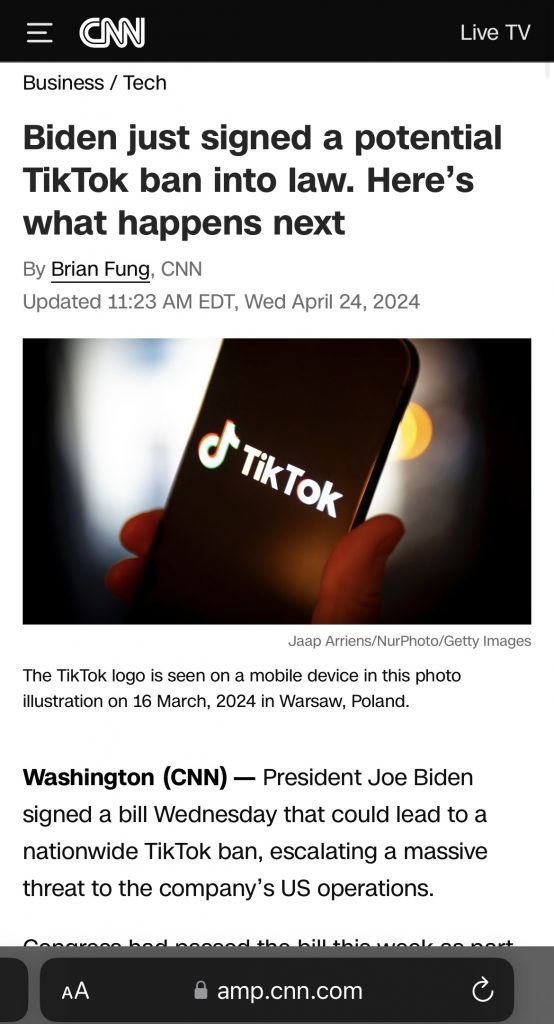
Have you ever noticed how your social media feeds seem to intersect with your reality? Personally, I’ve grown fascinated by its ability to mirror real-life experiences. For example, I might see a new type of cookie at the store, only to find it later on my “For You” page. This phenomenon is puzzling, and my curiosity about how it works has led me to explore concepts like internet “cookies.”
In class, I once asked my teacher about this strange connection. She explained that cookies are small files websites use to track your activity, provided you accept them. According to Google’s AI overview, “Website cookies are small text files that are sent to your browser by a website you visit. They are used to help websites remember information about you, such as your preferences, what you’ve added to your shopping cart, and how many people have visited the site.” Essentially, cookies help websites personalize your experience and tailor content to your interests. While they are generally safe to accept from trusted sites, some services use them to build profiles of your preferences for targeted advertising.
This explanation is logical, but it doesn’t fully satisfy my curiosity about how this phenomenon sometimes feels like it crosses into the real world. Is it a placebo effect? Am I simply noticing these things because I’ve encountered them online? Or is there something deeper at play—possibly involving hackers, governments, or even advanced algorithms?
Regardless of the cause, one thing is clear: social media and the internet can be dangerous. They are addictive, manipulative, and at times, predatory. While there are undeniable benefits—like connecting with others, sharing knowledge, and building communities—there’s a darker side filled with online predators, cybercriminals, and harmful content.
I’ve experienced the dangers firsthand. I even had a classmate who gave a presentation on a tragic case where an adolescent took their own life due to a fantasy relationship with AI. Thankfully, I haven’t lost my life to these dangers, but I have faced consequences from the manipulative nature of social media and online marketing.
So, what can we do? Be cautious. Take everything you see with a grain of salt, and approach the internet with an objective mindset. Spread positivity and hope, and strive to share uplifting content rather than negativity. As I reflect on the balance of good and bad in social media, I’m reminded of Newton’s Third Law of Motion: for every action, there is an equal and opposite reaction.
I don’t just see this law as a scientific principle—I apply it to all aspects of my life. It shapes the way I think about balance, whether it’s physical, emotional, or spiritual. For every negative action or thought, there’s the potential for an equal and opposite positive action or thought. For every negative post put out there, there is an equally positive post waiting to counter it.
Let’s focus on spreading love, kindness, and understanding online, ensuring that the good outweighs the bad. By choosing to share positivity, we can create a digital space that uplifts and inspires rather than harms and divides.